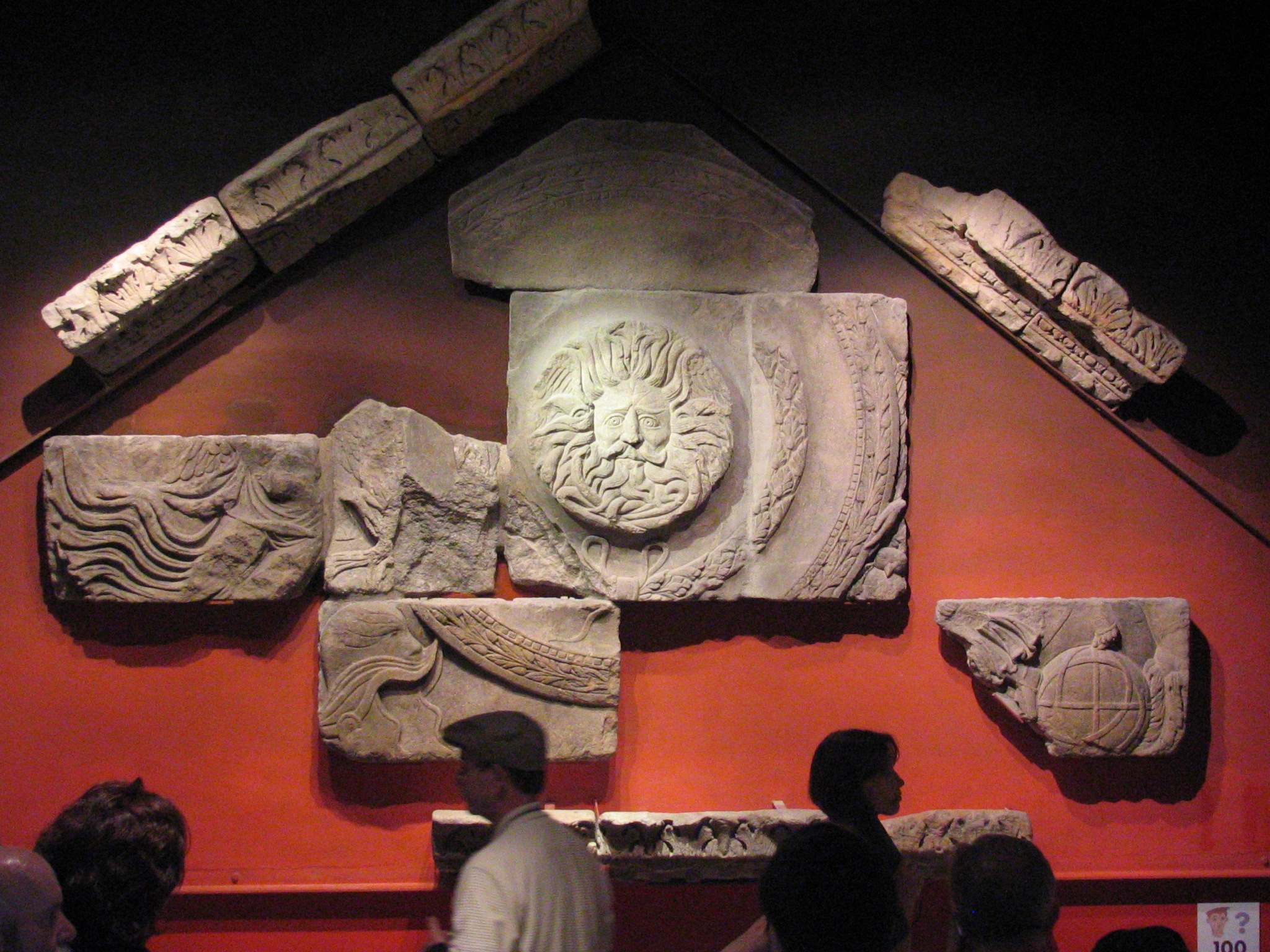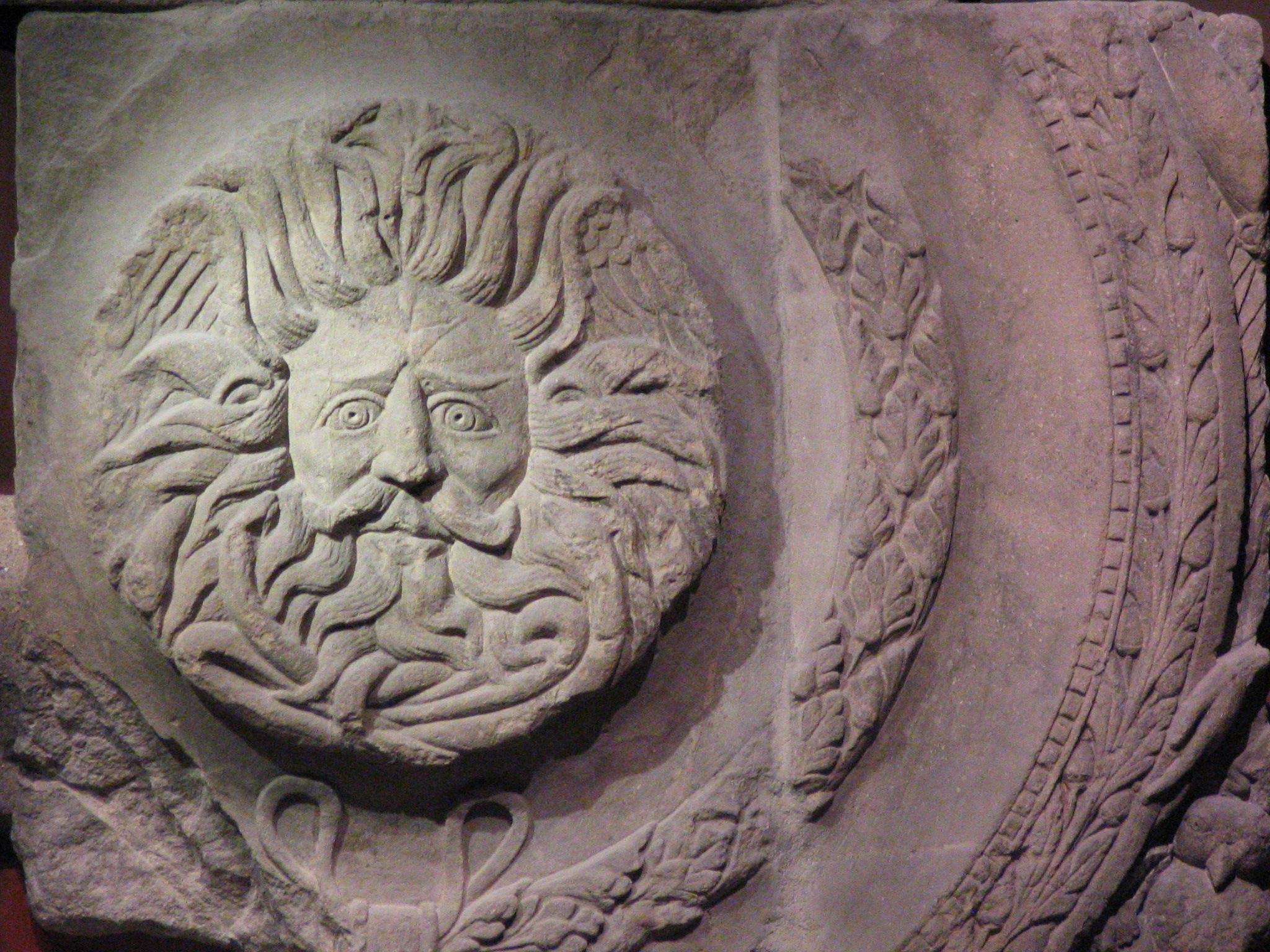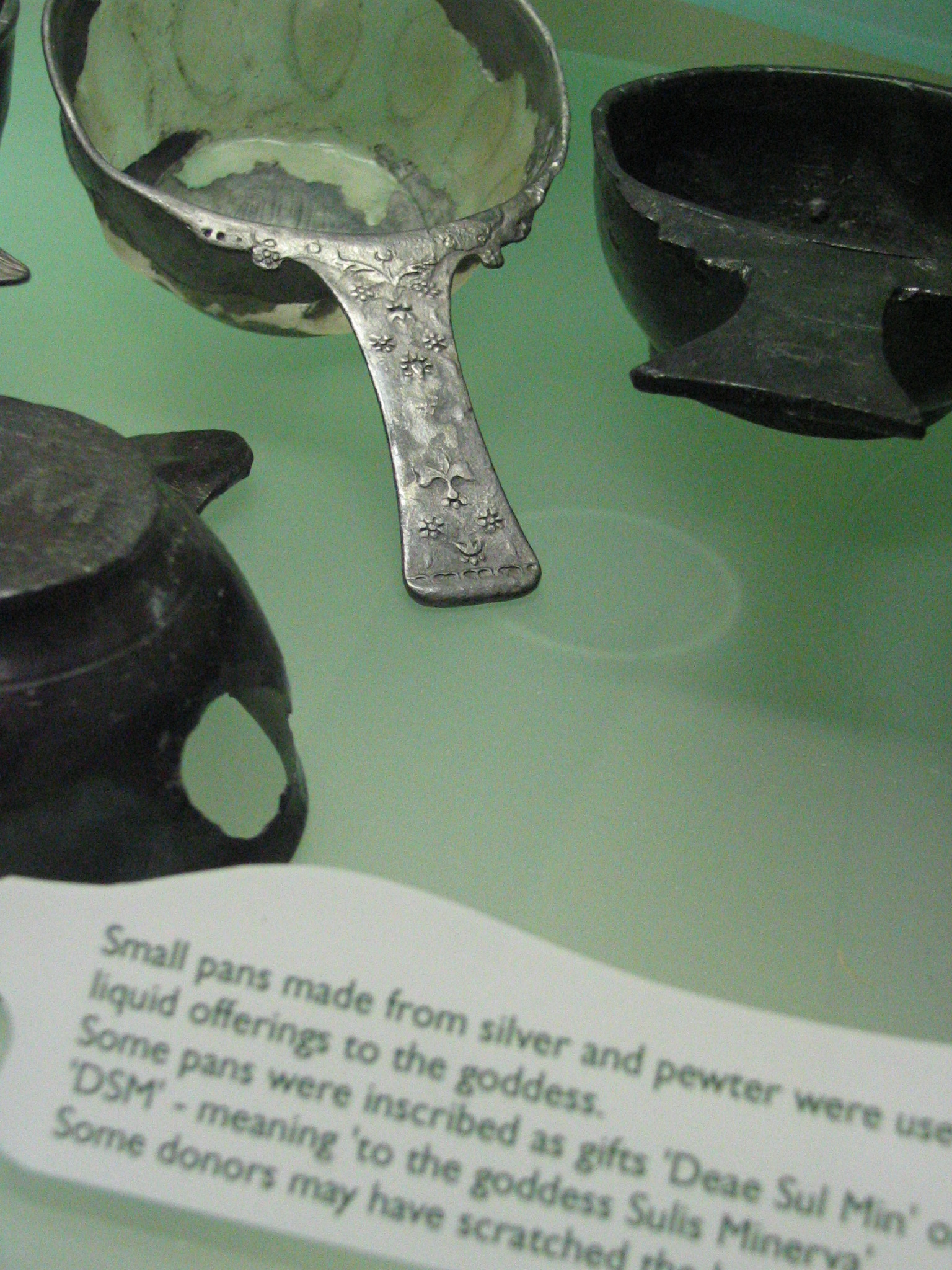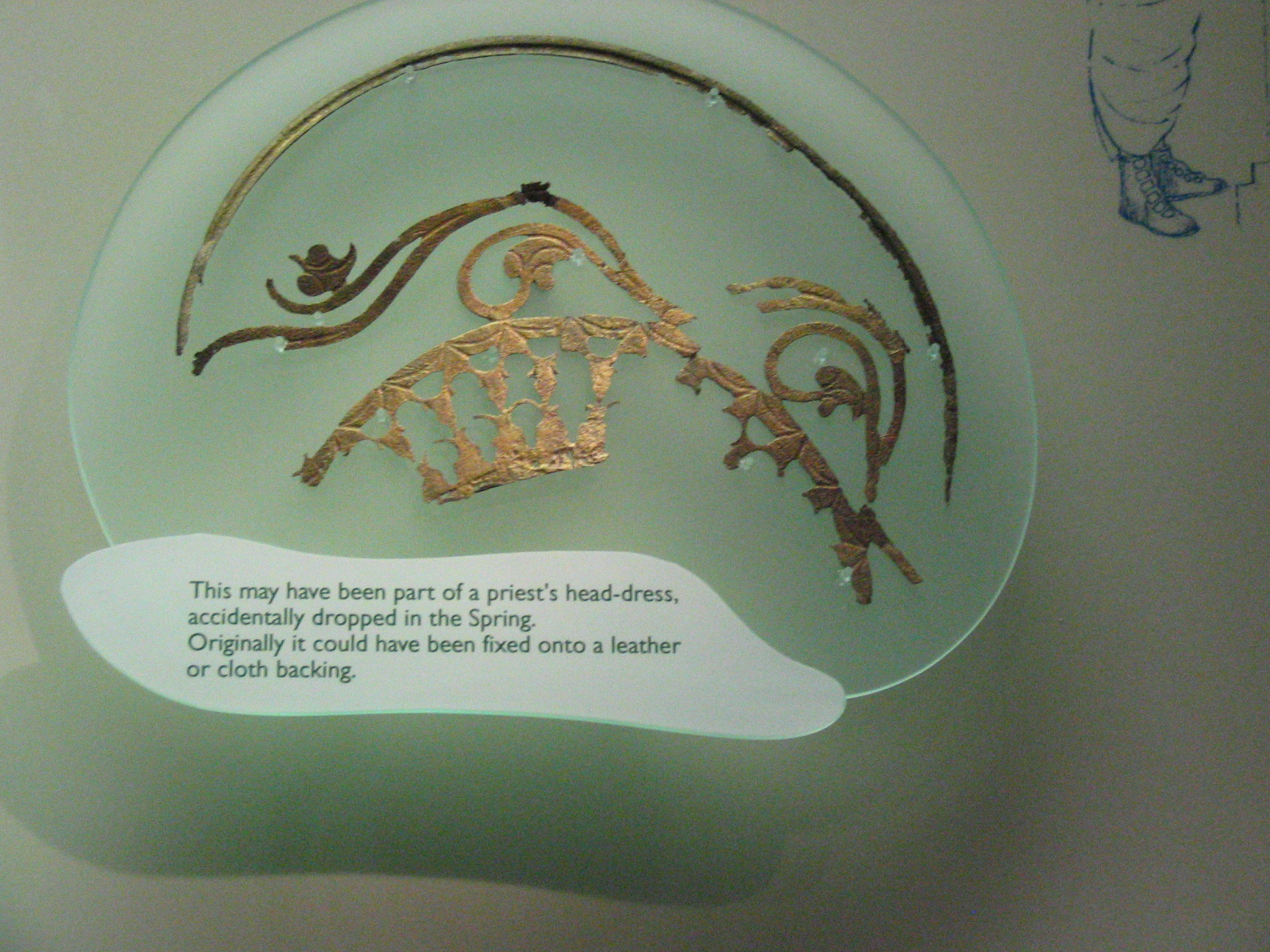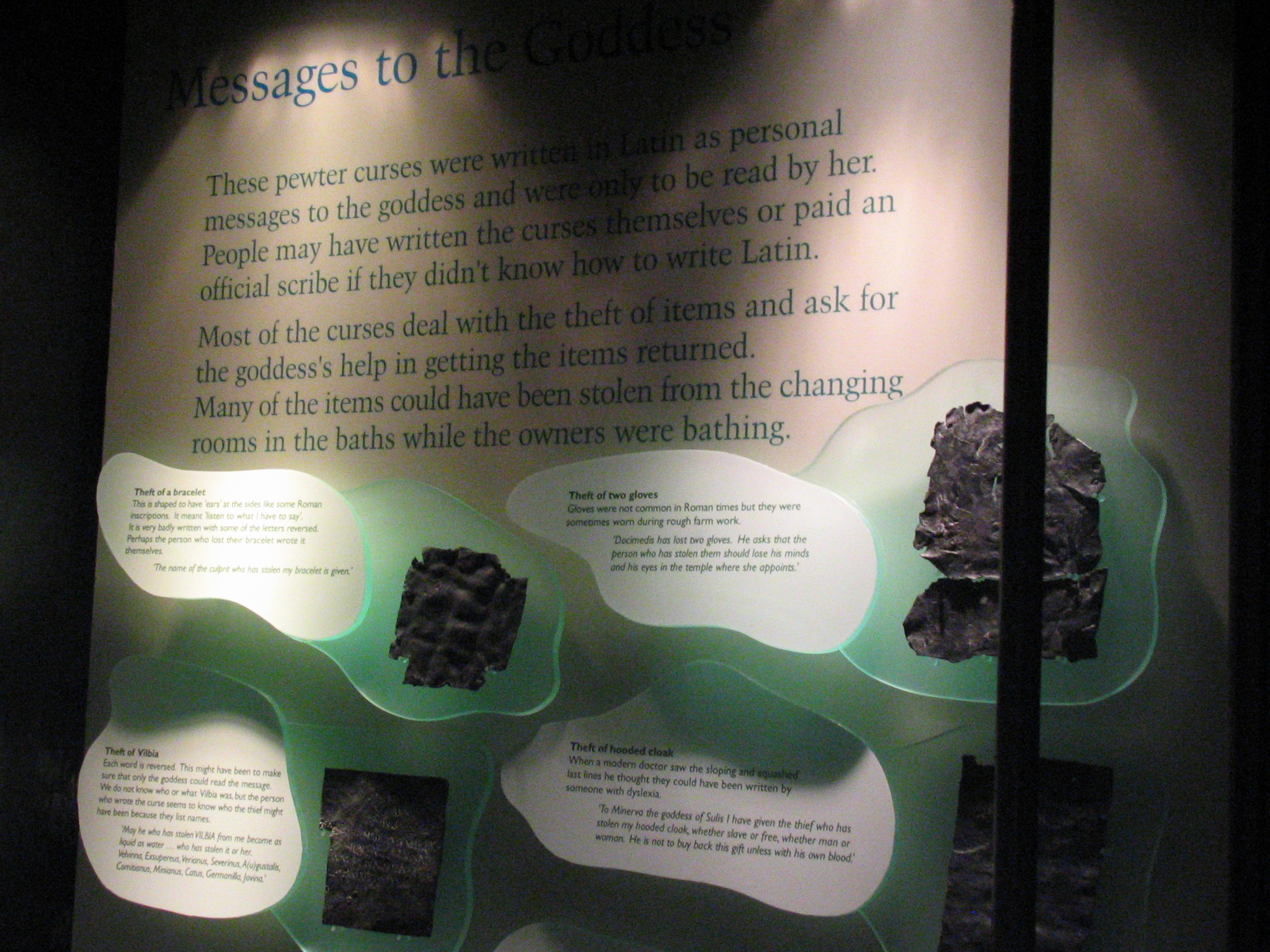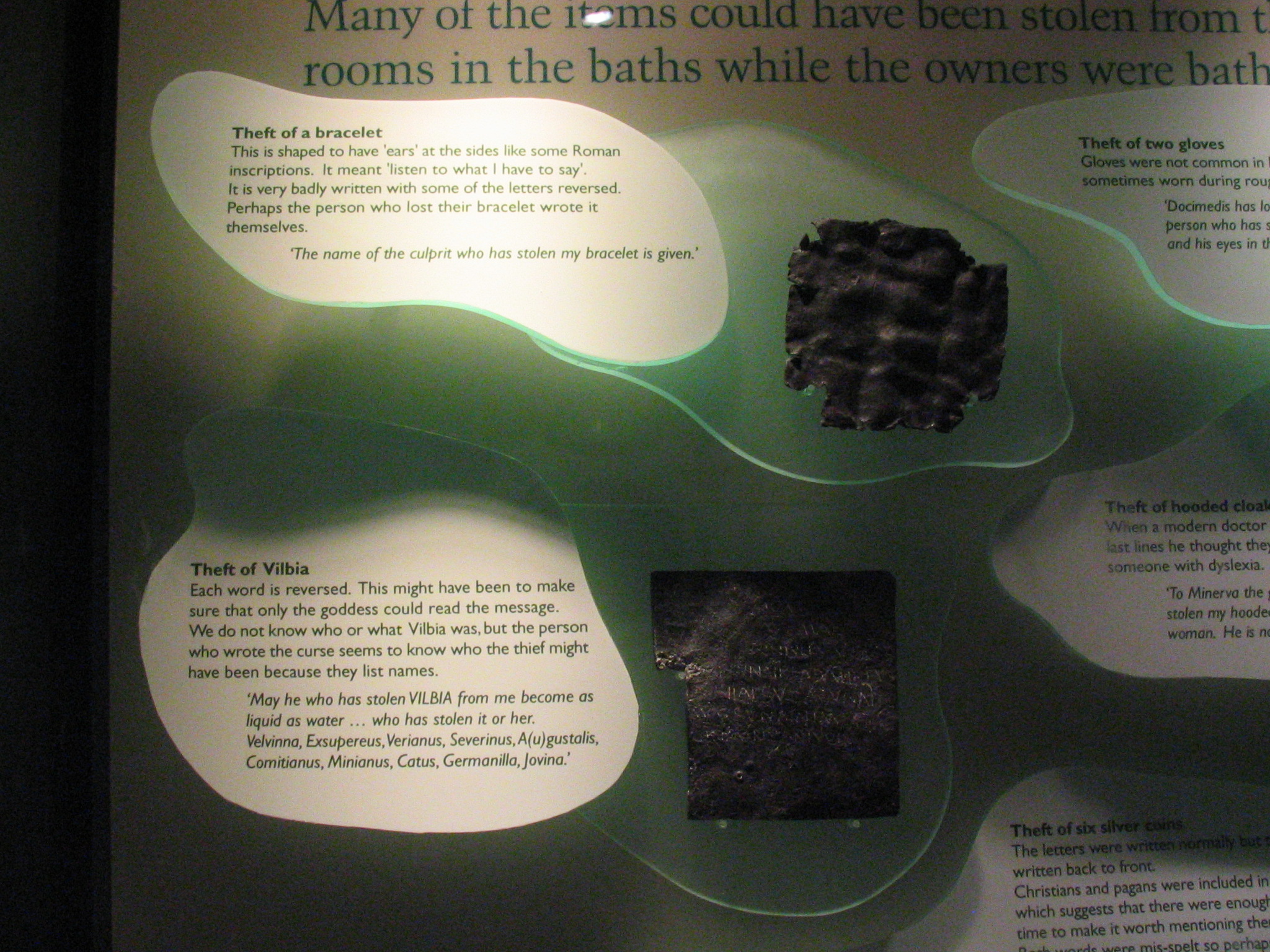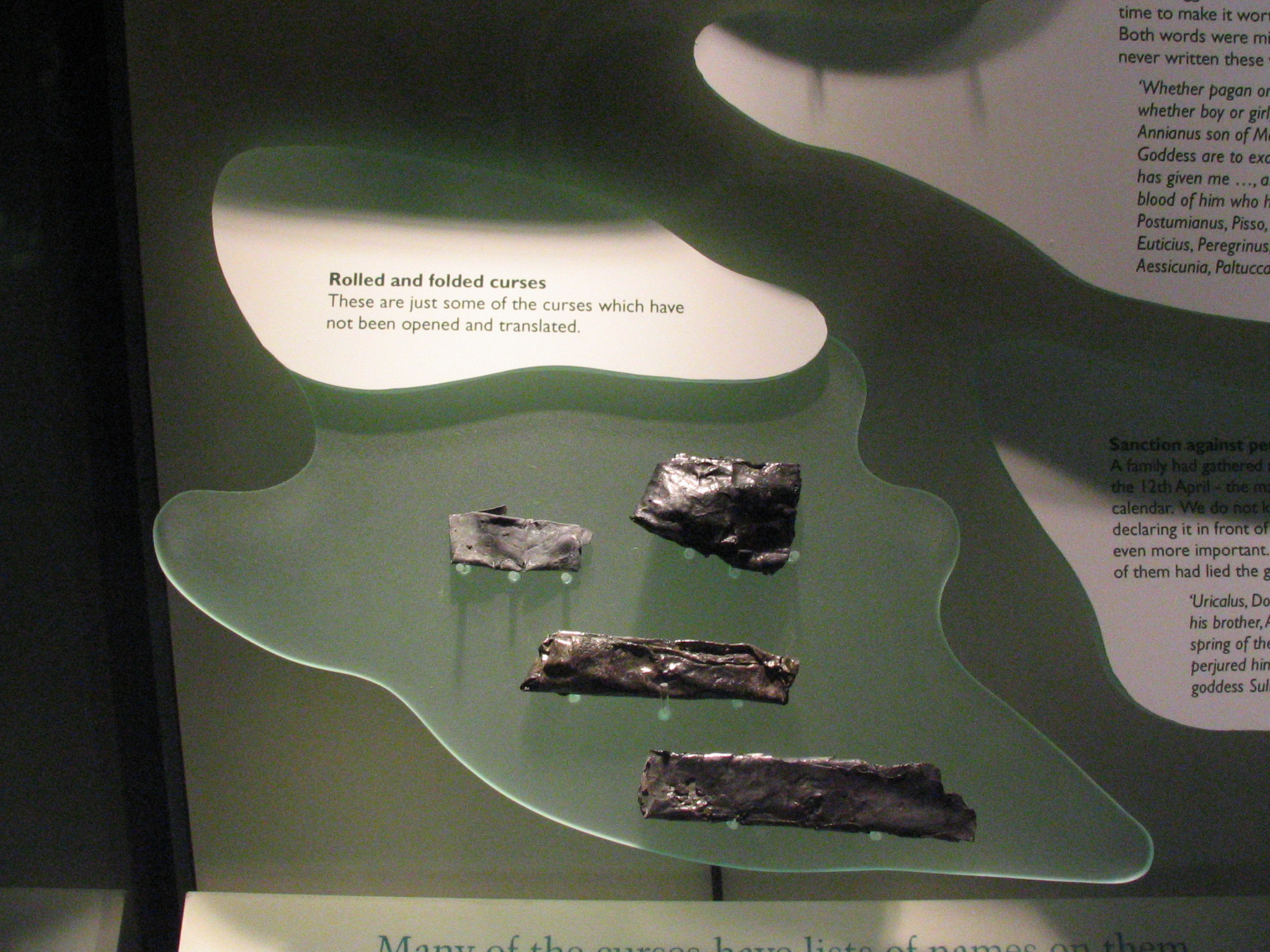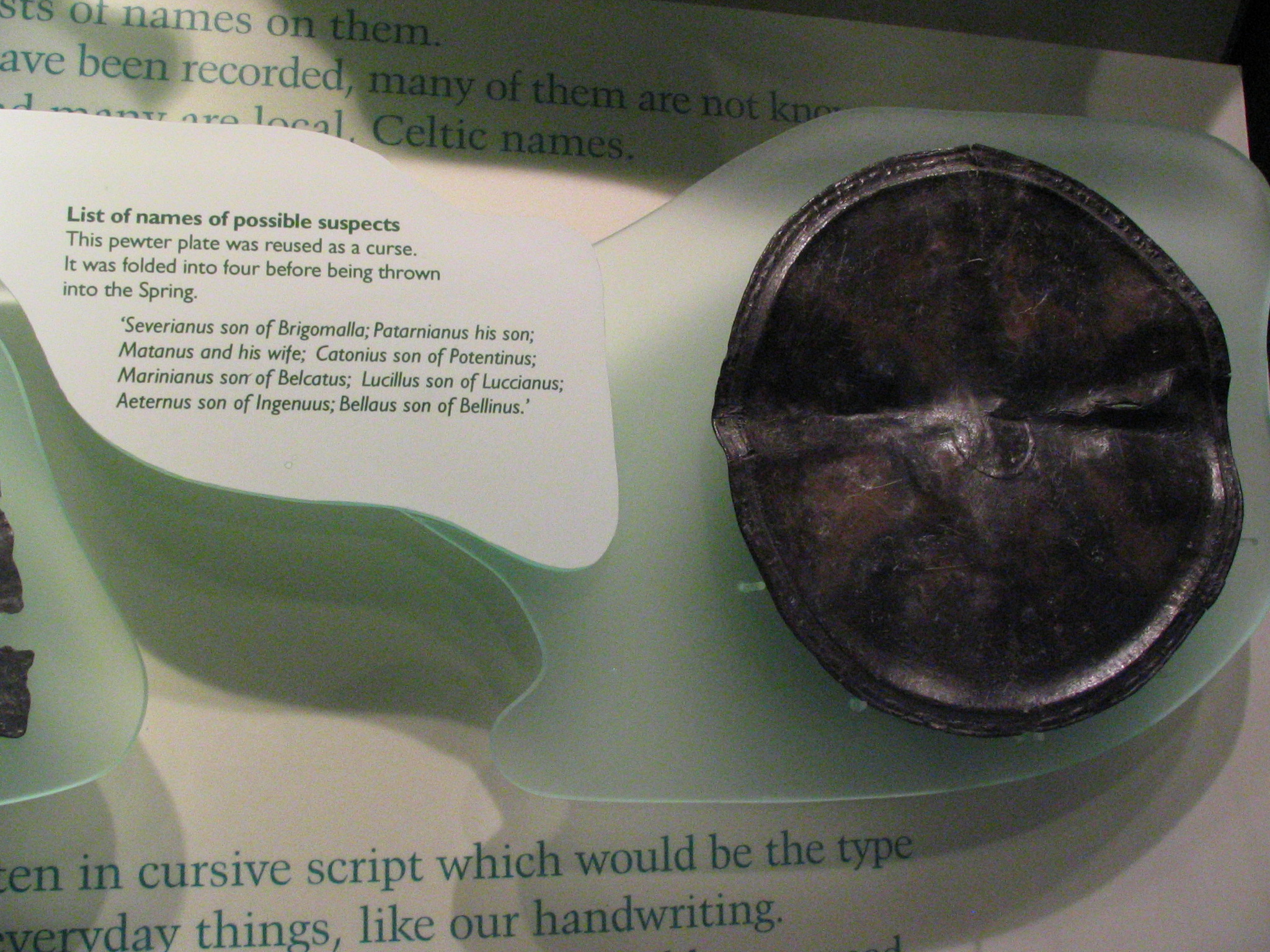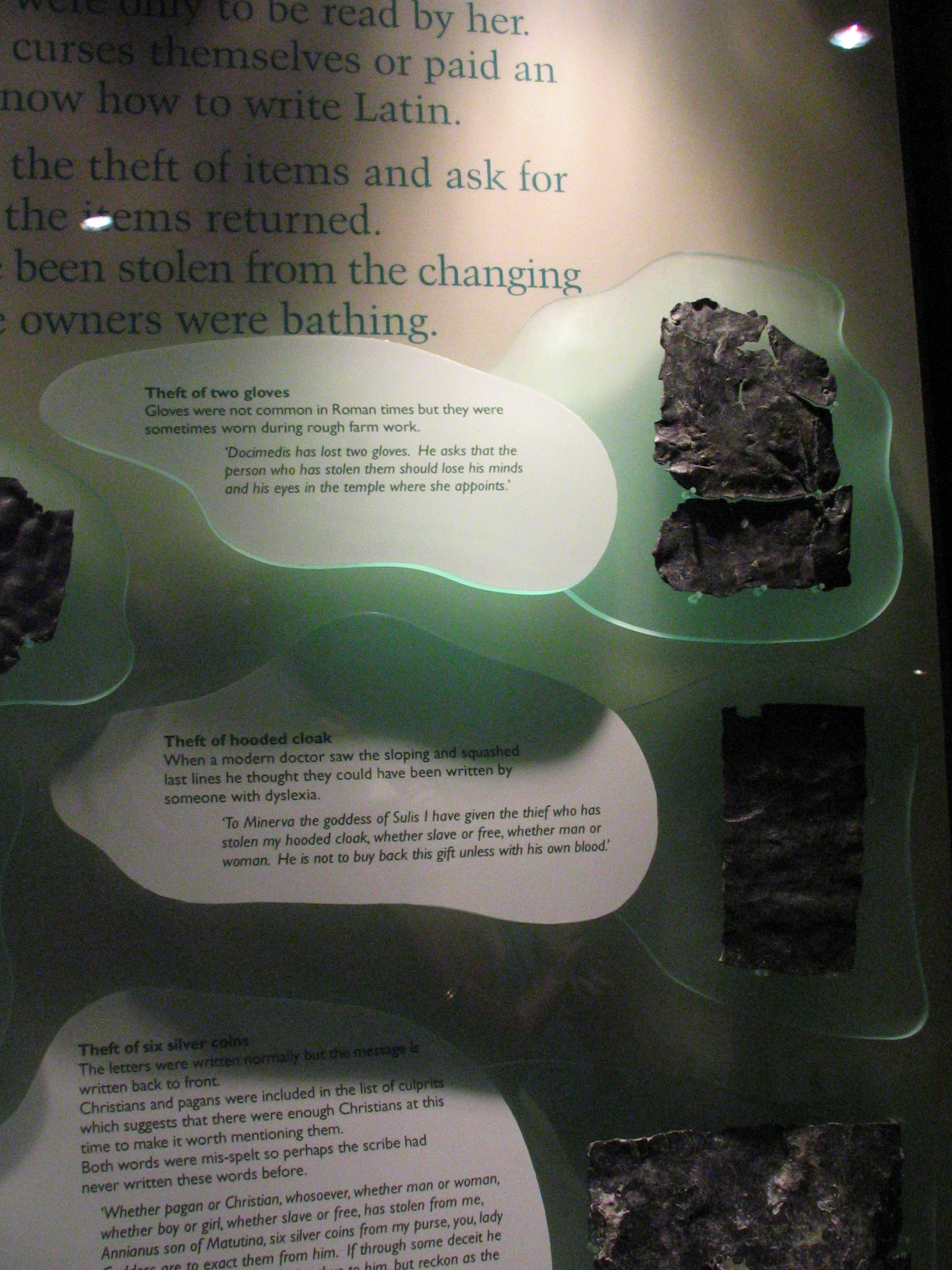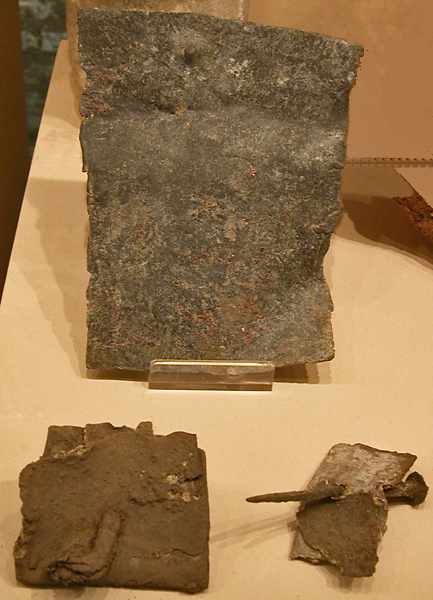The Curse-Maker (Maledictus)
The waters of Sulis still flow …
“Kelli Stanley shows herself, once again, to be the most remarkable writer of historical noir going. THE CURSE-MAKER has an absorbing mystery, a compelling protagonist, and a unique setting, and they are all buoyed up by Stanley’s exhaustive research that informs and strengthens the story without ever bogging it down. This is how historical mystery should be done.”
David Liss
“Kelli Stanley writes with a unique voice and tone, creating an-all absorbing historical mystery. Her love for and knowledge of her subjects project a visual magic, and you are there. Ms. Stanley has gone where few others ever go, and with excellence.”
Heather Graham
“I loved THE CURSE-MAKER – a compelling, engrossing tale from Kelli Stanley who’s carved out her own unique genre of Roman Noir. Don’t miss this one.”
Cara Black
“No one blends authentic period detail with hardboiled crime like Kelli Stanley. This is Sam Spade in a toga!”
Rhys Bowen
“Kelli Stanley can etch a landscape as vividly as she gives voice to Roman noir. In THE CURSE-MAKER, the spa at Aquae Sulis—modern Bath—frames a drama driven by superstition, by longing, by greed, and by the ease with which people get suckered and the penalties ultimately paid.
It’s an exciting successor to NOX DORMIENDA, where readers first met Arcturus the medicus and entered the frontier world of First Century Roman Britain.”
Barbara Peters, The Poisoned Pen

Arcturus—legionary physician and sometime investigator for Agricola, the governor of Britannia—has seen enough of war. But the half-native, half-Roman reluctant soldier faces another battle for his beloved wife’s soul …
It’s the fall of 837 a.u.c. (84 AD), and Gwyna—Arcturus’ headstrong and beautiful wife—is distant, troubled, disconnected. Agricola insists that Arcturus take her to Aquae Sulis (Bath), a fashionable health resort in the west of Britannia, where the hot springs and healthful atmosphere are sure to rejuvenate her.
Instead, they find the corpse of a curse-writer floating in the sacred spring of the goddess Sulis.
The town council asks Arcturus to investigate. He agrees at Gwyna’s request—it’s the first time she’s shown a spark of life since he came home from the North. Together they discover that Rufus Bibax, the murdered curse-writer, enjoyed a peculiar gift. For a price, you could put a curse on a thief, an ex-lover, a business partner or the horse you wanted to make lose … and Bibax’s curses always came true.
Murder piles on murder. A lowly priest who cleans the mud from the water pipes. A necromancer who can raise the dead. Evil has taken root in the Goddess’ city, something that has corrupted any goodness from her waters. Something wicked beneath the reflection of the blue, bubbling spring …
From a haunted silver mine in the hills above Aquae Sulis, to the underground tunnels of the enormous buildings built for the sick and dying that flock to the town, they encounter a city that festers with corruption, more hellish than health-spa, running on magic water and faith in cure-alls, populated by social-climbing boors, quacks, and nephews with rich, sickly aunts. A resort more dangerous than the war Arcturus left behind.
Now he must fight again—to save his marriage … and their lives.
a fonte puro, pura defluit aqua …
Don’t go near the water.
“Besides writing an engrossing mystery, in which the first murder leads to a typically Roman orgy of revenge, Stanley serves up fascinating and never heavy-handed information on Roman life. For fans of Steven Saylor’s Roma Sub Rosa series.”
Booklist (starred review)
“A murder interrupts the holiday of Arcturus, the Roman governor’s doctor and sometime sleuth, in Stanley’s well-plotted second novel set in Britain during the reign of Domitian (after 2008’s NOX DORMIENDA, winner of the Bruce Alexander Award for Best Historical Mystery).
When the strangled body of Rufus Bibax, a scribe who made his living writing curses, surfaces in a reservoir in Aquae Sulis (today’s Bath), his mouth is stuffed with a piece of lead on which is inscribed Ultor (“The Avenger”). The physician learns of earlier mysterious deaths, which may be connected with the legend of a nearby mine. More murders, possibly by a copycat, follow. The author, as she explains in a note, has imaginatively reconstructed how curses might have been used in Roman society. Some may find the language too modern sounding (“Logically, she was right-but goddamn it, I wasn’t logical”), but all will wish this historical series a long life.”
Publishers Weekly
“This worthy successor to NOX DORMIENDA weaves together many strands, and the resulting pattern is sometimes surprising. If readers enjoyed Stanley’s first Roman noir, they won’t want to miss this. It is sure to appeal also to fans of Lindsey Davis, Ruth Downie, and other authors of Roman mysteries.”
Library Journal
“Stanley’s follow-up to NOX DORMIENDA returns to ancient Roman times with another terrific noir. The flavor and setting shine, and Stanley has the knack for creating an atmosphere that feels as if she has transcribed actual historical events. Like the best fantasy and historical mysteries, this novel allows a look into our past and gives the reader a keen understanding of life at that time. Stanley is definitely one to watch.”
Jeff Ayres, RT Book Reviews (4 stars)
“THE CURSE-MAKER is second in this series (following NOX DORMIENDA), but can easily be read alone. Stanley’s attention to detail and careful research make each of her mysteries rich and entertaining reads.”
Becky LeJeune, the BookBitch
“Pick up a copy of THE CURSE-MAKER for an engrossing mystery with an incredible cast of characters and vivid settings in and around Aquae Sulis.”
Mike Philman, TracyReaderDad
“The plot is a well balanced mix of Arcturus and Gwyna’s investigation as well as their private life. The dialogue feels natural, almost poetic, and the more (ahem) “grown up” scenes will make you wish there is someone next to you in bed while you’re reading.”
Patrick Thornton, Reading Under the Covers
“A delightful and satisfying complex murder mystery set in Roman-occupied Bath long before it cleaned up itself up enough to suit the likes of Jane Austen and Henry Fielding.”
John McFarland, Shelf Awareness
Kelli reads the first chapter of THE CURSE-MAKER
Originally entitled MALEDICTUS (CURSED), the second Roman Noir finds Arcturus leaving the army and on a mission to save his marriage.
To the left is an antiquarian map illustrating Roman sites in Bath and the surrounding countryside. Click for a larger view.
To the right, you can follow Arcturus’ footsteps through the Aquae Sulis of the late 1st century CE.
Supernatural Rome
THE CURSE-MAKER was originally inspired by Kelli’s fascination with curses—an area of study she focused on when earning her Master’s Degree in Classics.
Here, you’ll discover more about the history behind the making of THE CURSE-MAKER–including photos of curses, gemstones and a very special tin mask that plays an important role in the plot.
Roman culture confronted many of the same questions about the paranormal and supernatural that we do. They worshiped the spirit of their dead ancestors in the festivals of Parentalia and Lemuria; ghost stories abounded. (Pliny the Younger wrote a letter to a friend, asking him if he believed in ghosts or whether he thought they were projections of people’s stress. Talk about modern!)
Kelli has always been fascinated by the study of ancient mystery cults and magic (her thesis was about suggestions of Orphic cult in Euripides’ Bacchae). Curses are one manifestation of how one person’s religion could be another’s magic. Necromancy (the raising of the dead) is another. The ancients also practiced spirit-raising, or exorcism.
References to the supernatural are not uncommon in the extent sources. For a literary look at how sibyls were thought to be “possessed” by a god, look no further than Virgil’s Aeneid.
THE CURSE-MAKER was also inspired by Kelli’s interest in all forms of ancient “magic”, and how much commonality the ancient world has with our vampire and zombie obsessed culture. After all, the undead in Homer’s Odyssey hungered for blood … and drank it in order to communicate with the living.
Curses!
 Did curses work? No one knows for sure. What we do know, thanks to archaeology, is that the act of placing a curse in order to procure a desired outcome (whether in a race, in love, in court, or as a victim of theft) was a common enough practice throughout the ancient world, even if illegal.
Did curses work? No one knows for sure. What we do know, thanks to archaeology, is that the act of placing a curse in order to procure a desired outcome (whether in a race, in love, in court, or as a victim of theft) was a common enough practice throughout the ancient world, even if illegal.
The famed Roman historian Tacitus discusses witchcraft and curses in his Annals; the third century historian Dio Cassius mentions them as well. These lead tablets—often folded, rolled or nailed before being deposited at a sacred location or placed in the hand of a corpse so that the dead spirit would “deliver” the parcel to an underworld deity—transcended centuries and culture.
To give you an idea of how the curse persisted, consider this bit of doggerel on Shakespeare’s grave: “Good frend for Jesus sake forebeare,/ To digg the dust encloased heare;/ Bleste be the man that spares thes stones,/ And curst be he that moves my bones.” This is nothing more than a grave curse, common in the ancient world, formulated to protect against grave-robbing and the deposit of—you guessed it—a curse tablet in the deceased person’s hand. Shakespeare was no messenger boy.
 Curses could be “fixed”—the Latin word for one is defixio, which means “to bind”—by folding, by rolling, or by nailing the tablet. Sometimes figurines have been found with nails “binding” them … just like the cover of THE CURSE-MAKER.
Curses could be “fixed”—the Latin word for one is defixio, which means “to bind”—by folding, by rolling, or by nailing the tablet. Sometimes figurines have been found with nails “binding” them … just like the cover of THE CURSE-MAKER.
The curses of Roman Britain were remarkable in that they were predominantly concerned with theft, and seemed to function as a kind of “neighborhood watch” program. This unique role—and the remarkable preservation of many of the curses, along with the health-spa aura of Aquae Sulis itself—inspired Kelli’s novel. Much of what she describes is theory, but one based in sound and careful research.
Gifts
No one seems to know much about Sulis–other than her identification with the Roman goddess Minerva (the Greek Athena). In fact, the temple pediment–probably the most famous image from the Roman site at Bath–seems to depict a bearded male god … a deity looking more like Neptune or Jupiter than the goddess of wisdom and war.

Two recovered gifts to Sulis really sparked Kelli’s imagination, and led to certain plot developments in THE CURSE-MAKER. One was a collection of gem stones, carved and uncarved. Another was a tin mask, apparently nailed into a wooden frame work. Click on the gallery below to view these special offerings.
How did these objects come to be deposited in the Sacred Spring, only to be recovered millennia later? Who threw them in and why? Read THE CURSE-MAKER for a possible answer …


